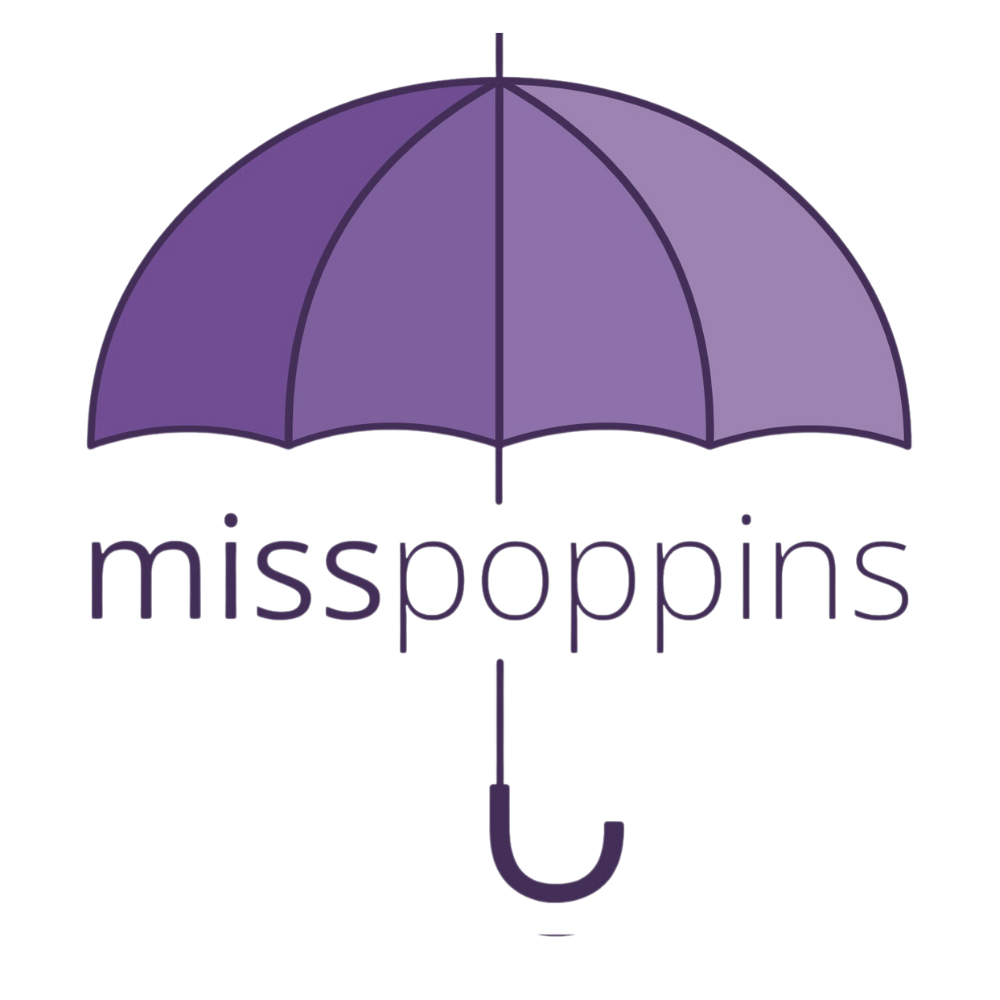Understanding the Importance of Joint Attention in Development
As a pediatric developmental coach, I often find myself immersed in conversations with parents who share their concerns about their toddlers' apparent disinterest in playing with others. Frequently, they describe scenarios where their little ones don't respond when called and exhibit delays in communication. In such moments, my immediate focus is drawn to a crucial aspect of child development – joint attention!
Now, what precisely is joint attention, and why does it hold such significance?
Grasping the role that joint attention plays in early development can make all the difference between a child being a late talker, appearing shy, or being perceived as “stubborn,” or an understanding that there might be something more to it.
Let's delve into the basics of joint attention. This fundamental cornerstone of cognitive, social, and communication development begins to emerge as early as 6 months and continues to progress throughout the first year and beyond. Think of joint attention as the collaborative skill for babies, enabling them to share their focus with others, often involving an object or event. It's a non-verbal dance that sets the stage for deeper connections.
A heartwarming example of joint attention involves your baby watching a toy roll away and then looking back at you and then back to the toy. This signals a desire for you to retrieve the toy or a playful check to see if you noticed. In these instances, babies use gestures and eye contact to communicate, saying, 'Hey, check this out,' or simply extending an invitation for you to share in the joy. Real-life moments of joint attention are seamlessly woven into everyday interactions. Envision a baby turning their head or eyes to follow a parent's point – a curious detective on a mission to join in the discovery.
But why is joint attention so crucial?
Research consistently demonstrates that joint attention fosters a sense of connection and builds trust across social, cognitive, emotional, and communicative domains. It lays the foundation for meaningful interactions, making it easier for children to follow gestures, interpret facial expressions, and eventually comprehend the nuances of language. By nurturing this essential skill, parents pave the way for enhanced communication, richer play experiences, and the development of healthy relationships. In essence, joint attention becomes the key to unlocking your toddler's potential for a bright and interconnected future.
If you have any questions or want to learn more about joint attention, let’s connect!

